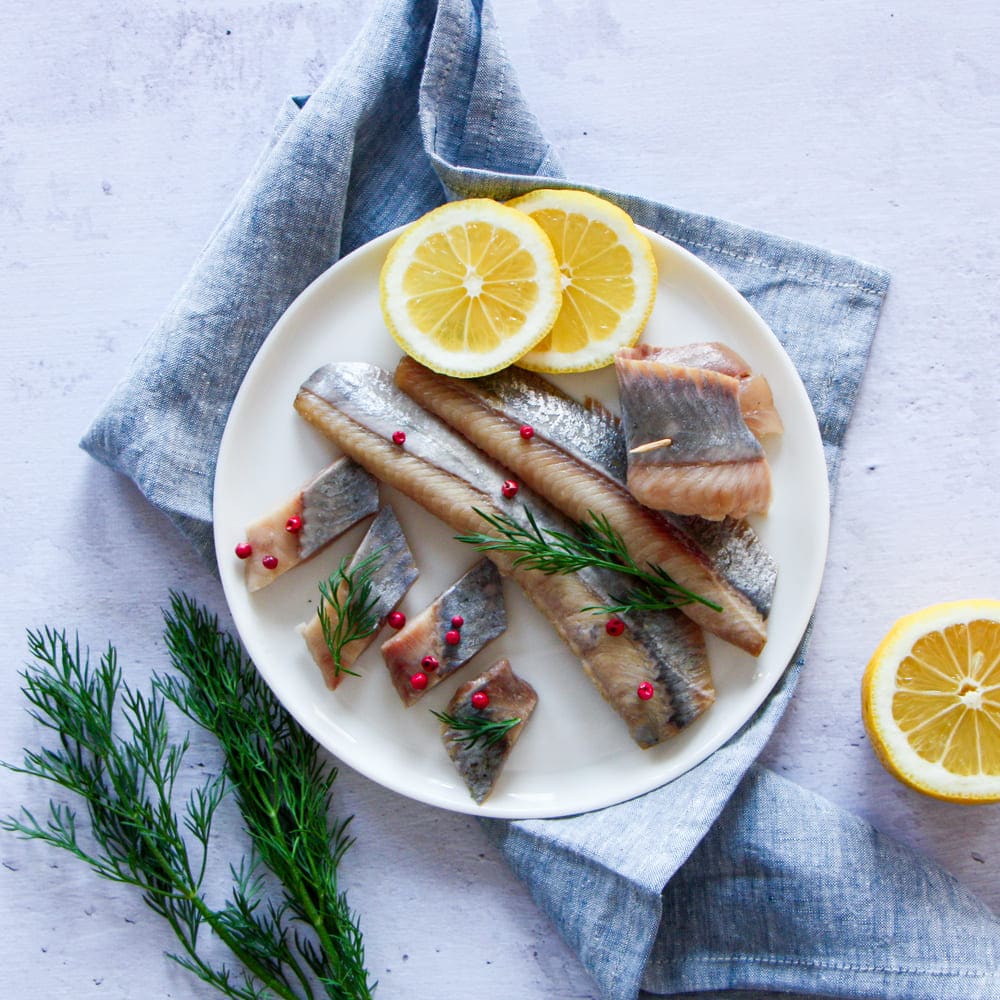The herring
It is nicknamed the “king fish” because it made the fortune of our ports in the 19th century. In popular culture, herring has a special place. At the carnival in Dunkirk, it is thrown to the crowd. And in Seclin, near Lille, it is celebrated as a giant.
Our coasts are popular
When it flees the Gulf Stream of the North Atlantic to reach the cold waters of the Barents Sea, the herring inevitably transits through the Channel and the North Sea. They are known to move in very large schools of several tens of thousands of individuals. During the day, the herring dives to several hundred meters to feed on young mollusks or small fish such as gobies. At night, they come to the surface to complete their menu of plankton. Fishermen can recognize them by their silvery bellies in the moonlight.
The herring changes its name
In our region, the herring fishery has long served as an economic indicator. Abundant stalls were synonymous with prosperity, and vice versa. Nowadays, herring remains a very popular fish. It can be eaten just salted or marinated in vinegar, wrapped around onion rings and held with a wooden spike. This is called Rollmops. But let’s face it, it’s smoked that wins the day. Several versions share the top of the podium. The mild smoked herring (cold), the herring-saur or herring-gendarme (salted and smoked, sold in fillets), the puffed (slightly salted and smoked, sold whole), the kipper (barely salted and smoked, presented open flat) and the buckling (salted for a few hours and then smoked hot).





